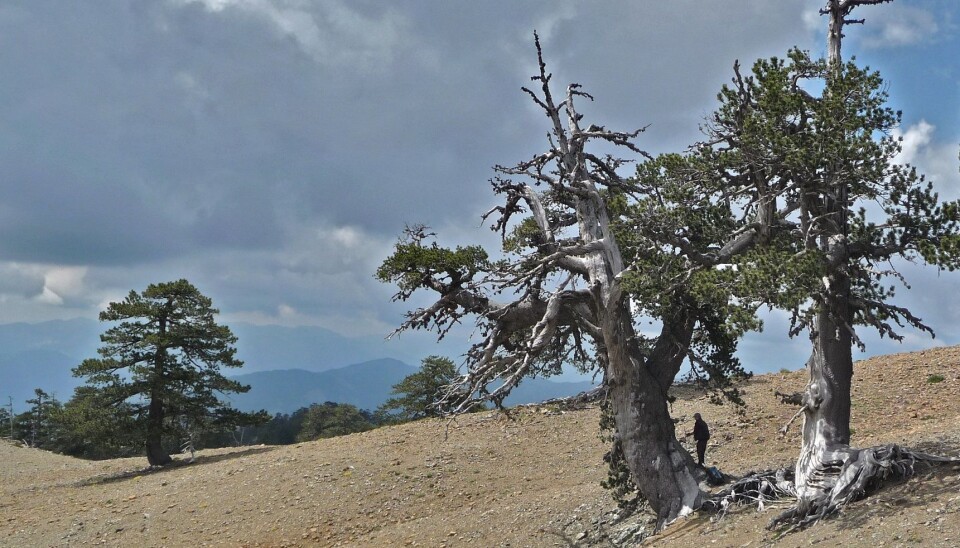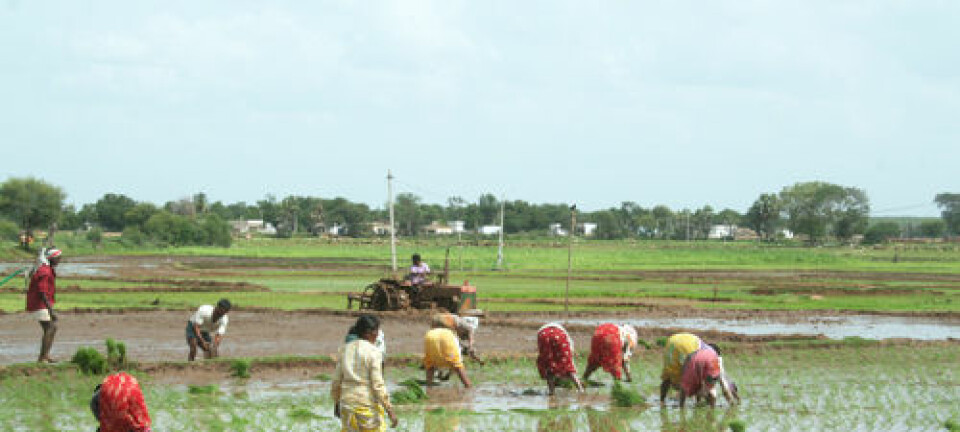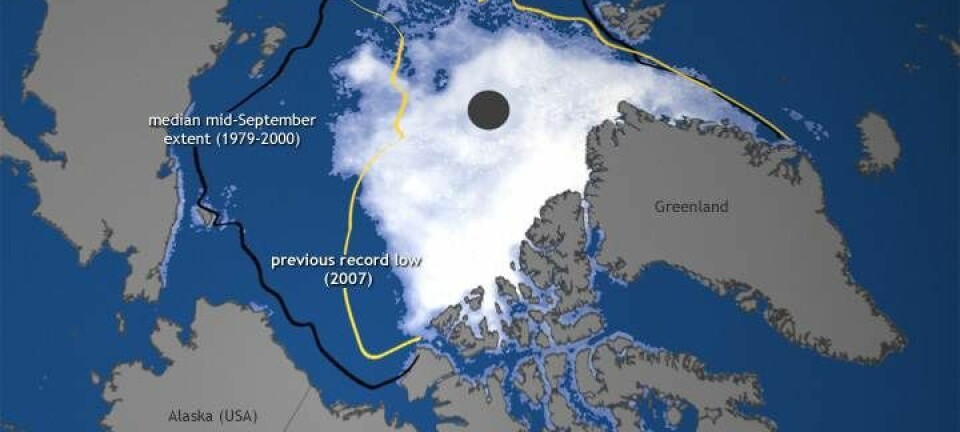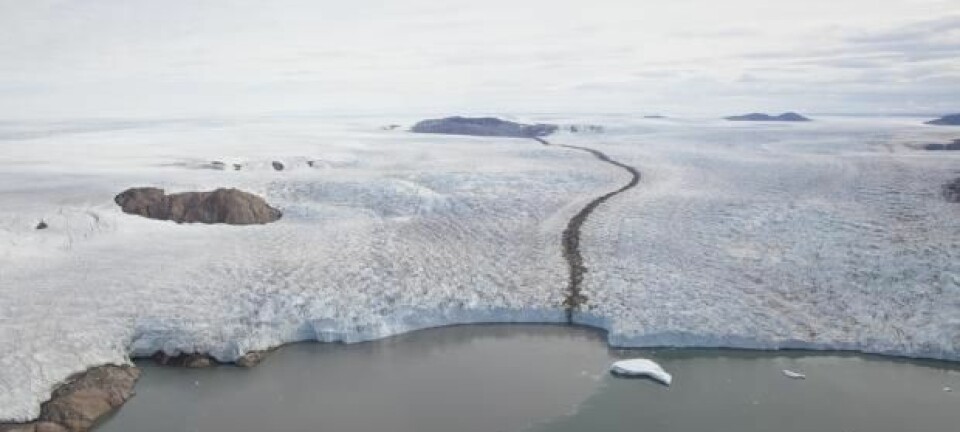
Scientist: No evidence of extreme drought and floods in the twentieth century
Climate records show no evidence of increasing extremes in wet-dry climate in the twentieth century that is projected by current climate models, shows new study.
A new study published in Nature has looked at 1,200 years of water history in the northern hemisphere, and found a rather different story to that simulated by climate models for the same period.
While climate models suggest that the twentieth century witnessed many periods of extreme wet and dry climate, records of past climate apparently do not show any evidence of this.
“Climate models indicate that in general, wet regions will get wetter and dry regions will get drier in the future with global warming. But we haven’t really seen [evidence of] this yet,” says lead-author Fredrik Ljungqvist, from the Department of History, Stockholm University.
The new results, which are published in the journal Nature, suggest that there is a long way to go before we can accurately predict patterns of drought or flooding in the past and in future, says Ljungqvist.
Largest reconstruction of past water availability

Ljungqvist and colleagues used so-called ‘proxy records’ of climate collected from ice-cores, tree rings, lakes, and stalagmites in caves to see how water availability had changed over the last 1,200 years.
They collected 196 of these proxy-climate records and combined them all into a single record of water availability that spans the last 12 centuries. The result was the largest database of this proxy-climate data that stretches right across the northern hemisphere, says Ljungqvist.
They then compared these patterns of wet or dry climate with six commonly used climate models.
For much of the last 1,200 years, the climate models and the proxy data show the same patterns of water availability. But this all changes in the twentieth century.
While the proxy-climate data change very little, the climate models suddenly show a big increase in the areas of land that experience extreme wet or dry climate.
The worst drought occurred in medieval times
Valerie Trouet, an associate professor with the Laboratory of Tree Ring Research at the University of Arizona, USA, has read the study. She works with tree-rings to investigate past climate and is impressed with the new results.
“This is really an impressive study. I didn’t realise that we had enough data to develop [such a record],” she wrote in an email to ScienceNordic.
Professor Dominik Fleitmann from the University of Reading, UK, also studies past climate using stalagmites from caves. Some of his data is featured in the new database. He describes the new study as “very complex” but neither he nor Trouet think that the models are necessarily wrong.
For Fleitmann, it raises many questions and “demonstrates that there is still a long way ahead of us to understand all aspects of [water availability].”
Ljungqvist goes one step further--this is strong evidence that climate models are simply not that good at simulating water availability in the recent past, he says. And this raises questions about how well they predict future changes.
“Climate model simulations overestimate these extremes,” says Ljungqvist. In fact, the worst droughts on record were not recent. They occurred in medieval times, he says.
Why do these climate data and models disagree?
Both Trouet and Fleitmann agree that there is a clear mismatch between the long climate record and the model simulations when it comes to recent patterns of water availability. But climate models are not necessarily to blame, they say.
“[It is also possible] that the proxies are underestimating the wet-dry extremes. For instance, tree ring data are well known for better capturing dry extremes than wet extremes,” says Trouet.
Fleitmann also points out that there are large parts of the northern hemisphere where no long-term climate data is available, such as the Middle East, where extreme drought is particularly common.
“When looking at the maps showing the spatial distribution of the [past climate] records in this article, it’s quite apparent that we have to improve the network of proxy data,” writes Fleitmann in an email to ScienceNordic.
“From my perspective, it doesn’t make sense to only improve climate model simulations and to compare them with a stagnating dataset of [past climate] records,” he says, and adds that climate scientists now need to gather many more of these long-term records to fill the gaps in this new database.
Extreme climate is harder to predict
So is this just an academic argument or does it have important implications for how accurately scientists can predict water availability and the extreme cases of drought or flooding in the future?
“Good question,” writes Trouet. “We’re moving into unprecedented temperature conditions, so we cannot just look at how things have been in the past.”
“More importantly, climate change is not happening in a vacuum. On-going climate change is happening at the same time as dramatic increases in human population and with that water demands. With so much of human society depending on water availability for livelihoods, agriculture, and power generation, [water] should rightfully be one of our major concerns for future climate,” she writes.
For Ljungqvist, this has serious implications.
“It seems that water availability varies a lot, and it’s not necessarily related to changes in temperature. This makes it harder to predict the changes expected with climate warming.”
“So it’s probably harder to predict changes in drought and [rainfall] in the future with global warming than many have assumed,” he says.









